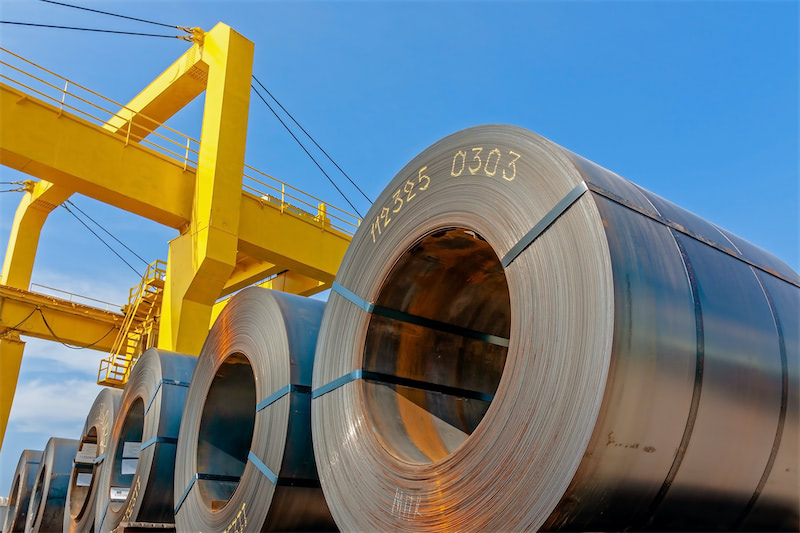






This week, the secondary copper market showed a divergent pattern under the dual influence of improving macro expectations and policy uncertainties. Copper prices fluctuated upward, with a weekly increase of 500 yuan/mt, and the price of bare bright copper in Guangdong rose to 77,800-78,000 yuan/mt, a synchronized increase of 500 yuan/mt. The rise in copper prices boosted market sentiment, with the sales sentiment index of secondary copper raw material suppliers rising from 2.31 to 2.36, while the procurement sentiment index of secondary copper rod enterprises also edged up from 2.42 to 2.43, reflecting market optimism about the positive progress in China-US trade talks and expectations for US Fed interest rate cuts. However, policy-related disturbances persisted. As the tax payment deadline approached, the implementation of Notice No. 770 was expected to become clearer. Some secondary copper rod enterprises shifted to purchasing taxed secondary copper raw materials to avoid risks, but the limited supply of compliant taxed materials in the market restricted actual procurement volumes. According to weekly sample data, raw material inventories at secondary copper rod enterprises fell to 4,600 mt, down significantly by 5,150 mt WoW, highlighting cautious sentiment among enterprises. The weekly average price difference between primary metal and scrap remained at 3,343 yuan/mt, widening by 85 yuan/mt WoW. Against the backdrop of high copper prices, traders showed a strong willingness to sell, and the overall circulation of secondary copper raw materials in the market was loose.
The import market demonstrated resilience, with secondary copper raw material imports in September recording 184,100 mt, up 2.63% MoM and 14.8% YoY. Although customs spot checks on certificates of origin slowed clearance speeds, they did not significantly impact import volumes for the month. Import traders indicated that the increased inspection time is not expected to affect October supplies, as previously procured goods have not been fully shipped, and import volumes are expected to remain stable in the short term. However, regional disparities were notable: in Jiangxi and Anhui, the main production areas for secondary copper rod, enterprises maintained low operating rates while awaiting details of Notice No. 770, with production activities focused mainly on trade turnover, anticipating policy clarity after the tax payment on October 27.
The secondary rod segment exhibited a contradictory trend of "slight profit increase amid weak demand." This week, the operating rate for secondary copper rod was 18.69%, up 0.4 percentage points WoW but still down 8.88 percentage points YoY. The price difference between copper cathode rod and secondary copper rod narrowed to 1,664 yuan/mt (down 127 yuan/mt WoW), while the average discount of secondary copper rod in Jiangxi against copper futures widened to 1,242 yuan/mt (up 82 yuan/mt WoW), driving gross profit up by 80 yuan/mt WoW to 915 yuan/mt. Although the widening price spread highlighted the economic advantage of secondary rods, end-user wire and cable enterprises were restrained by rising copper prices, resulting in limited new orders. They adopted a wait-and-see attitude towards procuring either secondary or copper cathode rods, making it difficult to effectively boost demand for secondary rods. Currently, the stagnation in enterprise operating rates is primarily due to policy uncertainties rather than raw material shortages, with weak downstream consumption becoming the core bottleneck hindering industry recovery.
Looking ahead to next week, if China-U.S. trade negotiations continue to progress and copper prices keep rising, the price difference between primary metal and scrap is expected to further widen to 3,500 yuan/mt, stimulating more recycled copper raw materials to flow into the market. Meanwhile, after the implementation of Policy No. 770, secondary copper rod enterprises may gradually resume purchasing tax-included raw materials, and operating rates are anticipated to rebound to 22%.
However, in the short term, before policies become clear, the market will maintain a pattern of "ample raw materials but cautious production," with the supply-demand balance depending on the actual improvement in end-user orders and enterprises' ability to pass on costs.
For queries, please contact Lemon Zhao at lemonzhao@smm.cn
For more information on how to access our research reports, please email service.en@smm.cn

